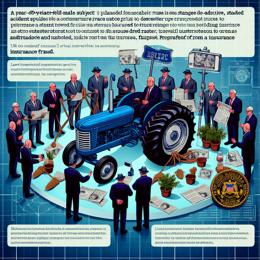Image: AI generated for illustration purposes
Motorist's Accident Claim Denied Over Stretched Tyres, Ombudsman Agrees with Insurer
In the case of road safety and insurance claims, a fine line often exists between what is considered acceptable risk and negligence. Samuel Kasambara learned this the hard way when his insurer, Dial Direct, denied his accident claim on the grounds of driving a vehicle with risky modifications—specifically, stretched tyres. Based in Middleburg, Mpumalanga, Kasambara experienced a severe car accident in January when his tyre burst, leading to his vehicle overturning.
The inspection that followed revealed all tyres on his Datsun Go Five were overstretched, posing excessive risks according to the insurer. Stretched tyres involve fitting a tyre on a wider rim than it's intended for. While it may appeal to some for aesthetic reasons, the associated risks outweigh the visual benefits according to safety standards and insurance policies. These tyres can reduce durability, wear irregularly, and increase the likelihood of sudden deflations or blowouts.
Kasambara, who purchased his vehicle brand new in December 2020, contended that any issues with tyre fitting should have been identified during the insurer's pre-coverage car inspection. He felt the insurer should have recognized the unroadworthiness of the vehicle at that time if the problem existed. However, Dial Direct's stance, as explained by Jolene Chait, was that such an inspection was only meant to confirm the existence of the car, not a detailed roadworthiness evaluation. Kasambara had been paying R877 monthly since securing the insurance.
When Kasambara escalated the dispute to the office of the Short-term Insurance Ombudsman (OSTI), they upheld the insurer's decision. They concurred with Dial Direct's assessment that the motorist breached the contract by operating an unroadworthy vehicle, a verdict rooted in the detailed findings of the tyre inspector post-accident.
The inspector noted that all four tyres were improperly stretched over rims too wide for them, and this resulted in excessive flexing of the tyre sidewalls—behavior not intended by tyre manufacturers. The uneven force distribution and compromised tyre reaction and performance led to the conclusion that the tyre condition was a contributing factor to the accident, even though it happened on dry tarmac. The failure of the left rear tyre due to being overstretched and improperly inflated over time was specifically noted as a causal element in the loss of control.
Faced with the damning inspection report and an ombudsman's ruling, Kasambara decided not to pursue the matter further, leaving a cautionary tale for other motorists about the critical nature of tyre and vehicle maintenance in adherence with safety regulations and insurance policies.






